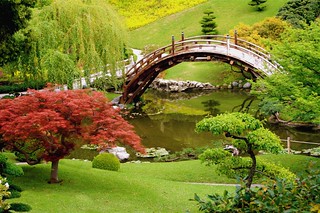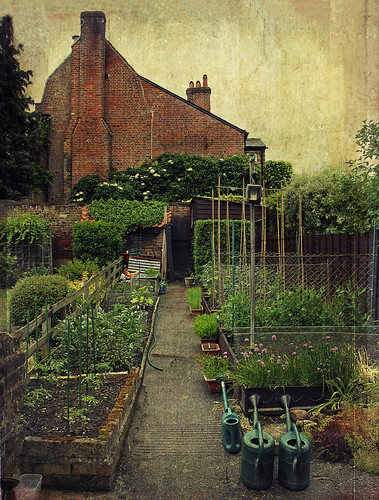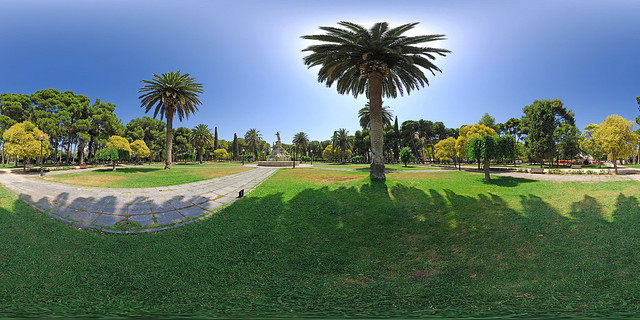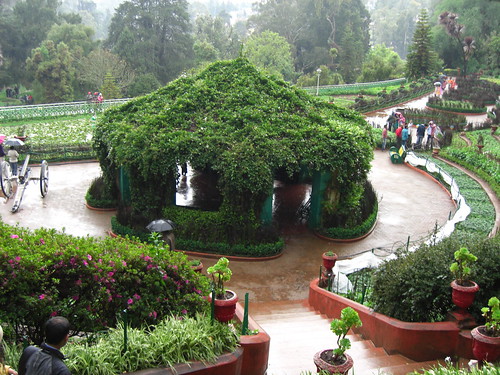While some people believe gardening takes too much hard work to be worth it, the truth is that a little knowledge goes a long way to making it easy, fun and fruitful. With the right knowledge, anyone can be a great gardener. This article provides valuable guidance that can help you on your road to becoming a master gardener.
Use the handles of your tools as a handy ruler when doing your outdoor chores. Tools with substantial handles, like rakes, hoes and large shovels are great for taking measurements. Just lay your tool down on the floor then lay a yardstick beside the handle. Label the distances using a permanent marker. Now, every time you work in your garden, you are going to have a powerful ruler at the touch of your fingertips.
Save some plants in the winter by bringing them indoors. Perhaps you can save your most expensive or resistant plants. Dig the plant up without damaging the roots and place it a big enough pot.
To get the best results, you must use the right soil. Different types of plants require different soils, so check soil requirements for the ones you choose. For special requirements, you can build separate areas with soil that is right for certain plants.
Use bulbs to ensure continuous flowers throughout the spring and summer. Not only are bulbs hearty and easy to grow, but they’ll continue to grow as time goes on. Choose from the variety of bulbs that bloom at various times of the growing season for a garden of color all spring and summer long.
Fall edibles are a wonderful addition to your garden. Rather than using clay pots or planters for your lettuce and kale, plant them in a pumpkin! When you have finished cutting and cleaning the pumpkin, spray it with some liquid that will stave off wilting to keep it from rotting. Once you have finished, you can begin planting.
If you learn that your soil has a high amount of alkaline, mix some used coffee grounds into it. This is an easy and inexpensive solution to increase the acid content back into the soil. This will allow your vegetables and greenery to really thrive.
Make a plan for your garden. It will be a while before things start to sprout and visually remind you of what was planted where, so a written record can be helpful. This is also a great way to keep track of all your plants.
Make sure you protect any tender deciduous shrubs. If you’ve got tender shrubs which are potted, you need to protect them from cold weather. You want to then tie the tops of the canes together, and cover them with a sheet or blanket. You will protect your shrubs from the cold without having to cover them in plastic, which can cause rot.
Aerate and dry your plants each day. If you have excess moisture, this can attract bugs or diseases. A common parasite found in the plant kingdom is fungi. You can control fungi with fungicides, but you must remember to use it before you notice any problems in order for it to work.
In order to start the best garden possible, remember that you should always start with the seeds and not pre-purchased plants. The environmentally conscious way to start a new garden is to start with seeds. Since plastics that are in nurseries aren’t recycled very often and therefore usually wind up in landfills, you should begin with seeds or purchase from the nurseries that use natural materials in their plants’ packaging.
Like you were told you at the beginning, horticulture isn’t hard to do if you understand what it is you are doing. Having the right information will enable you to be a great gardener. Use the information and advice given to you in this article to improve your horticulture skills, and start creating your marvelous garden.































